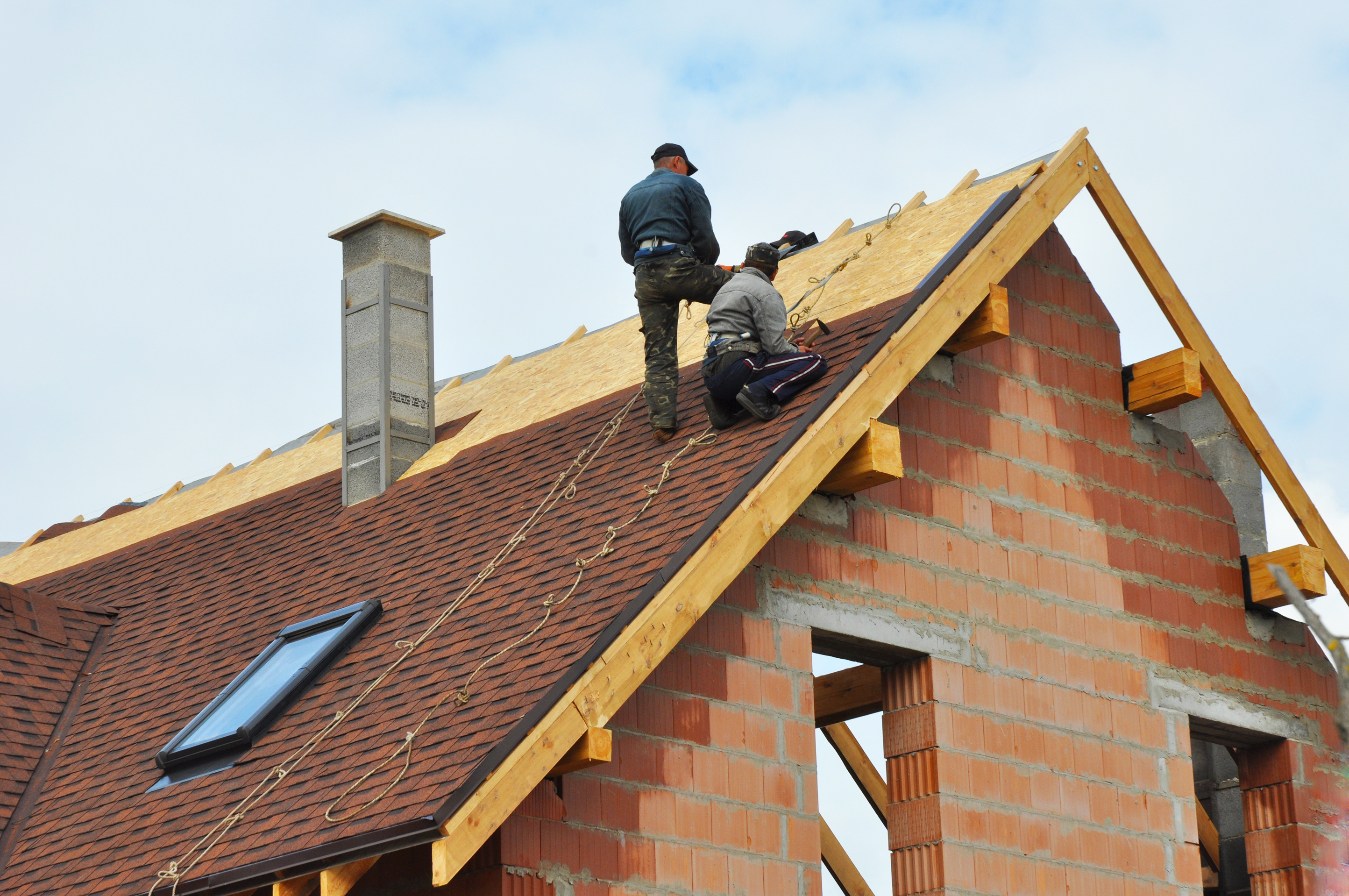Individual Reviews on the Best Gainesville FL Roofing Companies Readily Available
Individual Reviews on the Best Gainesville FL Roofing Companies Readily Available
Blog Article
Ideal Practices for Ensuring Proper Roof Covering Air Flow
A well balanced intake and exhaust vent proportion, generally 1:300, plays an essential duty, with intake vents preferably put at the lower side of the roofing for trendy air entrance and exhaust vents at the optimal for warm air exit. Keeping insulation away from vents is critical to protect against air flow limitation.
Understand Ventilation Fundamentals
Properly comprehending ventilation fundamentals is important for making sure the long life and efficiency of roof. Effective ventilation mitigates dampness build-up and temperature extremes in the attic room, both of which can lead to significant architectural damage gradually. A well-ventilated roofing system helps in preventing typical problems such as mold growth, timber rot, and ice dams, which can jeopardize the honesty of the roof covering products and the underlying frameworks.
The main goal of air flow is to assist in the motion of air, enabling for a regular exchange between the exterior and interior settings. This balance is accomplished via a mix of consumption and exhaust vents that function together to keep optimum air movement. Consumption vents, generally situated along the eaves or soffits, permit fresh air to get in the attic space, while exhaust vents, frequently positioned at or near the roof covering ridge, enable warm, humid air to get away.
Key elements affecting the efficiency of roof ventilation consist of appropriate placement, appropriate sizing, and ensuring that both consumption and exhaust vents are unhampered. Regular assessment and maintenance are crucial to identify prospective obstructions, damage, or inadequacies in the air flow system, thus securing the roofing system's efficiency and durability.
Sorts Of Roofing System Vents
Roof vents play a crucial role in maintaining efficient attic room air flow and, by extension, the total health and wellness of the roof covering system. Various types of roofing vents are offered, each with unique benefits tailored to specific roof needs. Ridge vents, for instance, are installed along the roofing system's optimal, enabling warm, humid air to escape from the attic. They provide continuous air flow and mix flawlessly with the roofline, making them both efficient and visually pleasing.

Soffit vents are installed under the eaves and operate in tandem with roof vents to guarantee a balanced consumption and exhaust system. By permitting cooler air to get in from below, soffit vents help with the expulsion of hot air via upper vents. Gable vents, located on the exterior walls of the attic room, deal an additional effective remedy, especially in homes with gable roofings.
Evaluate Your Current Air Flow

Next, think about the age and condition of your roof materials and ventilation parts. Older systems might not adhere to present structure codes or may have worn away with time, minimizing their performance. Conduct a thorough evaluation to recognize any type of indicators of damage, such as rust, damage, or spaces that can endanger the system's performance.
In addition, determine the attic room temperature and humidity degrees. High temperature levels and humidity can suggest inadequate ventilation - roofing companies. Use a hygrometer and thermometer to get exact readings, comparing them with outside problems. Consistent inconsistencies suggest prospective problems that need addressing.
Installment Best Practices
Effective installment of roof covering air flow systems is vital for making sure optimum performance and durability. Appropriate installation begins with comprehending the particular ventilation needs of the building and the roofing system it covers. This involves determining the proper proportion of intake to exhaust vents, normally sticking to the 1:300 policy, which specifies one square foot of air flow for every 300 square feet of attic floor room.

The placement of vents is equally important. Consumption vents need to be installed at the roofing system's lower edge, frequently in the soffits, to allow amazing air to enter. Exhaust vents, on the other hand, need to be set up near or at the roof covering's top to facilitate the leave of warm, damp air. This develops a natural airflow that aids keep temperature level and moisture balance within the attic room space.
Seal all vent links carefully to prevent air leakages and potential water seepage. Usage top quality materials and adhere to maker standards to guarantee resilience and performance. In addition, integrating ridge vents with baffles can significantly improve air movement effectiveness by stopping wind-driven rain and snow from entering the attic.
Inevitably, accurate installation of roofing ventilation systems reduces possible problems such as mold and mildew development, ice dams, and structural damages, making sure the roof covering's honesty and the structure's total health and wellness.
Routine Maintenance Tips
Uniformity in maintenance practices is basic to guaranteeing the lasting efficiency of roofing ventilation systems. Normal assessments are important, straight from the source preferably performed biannually-- in the spring and fall. Throughout these examinations, ensure that vents are devoid of particles, nests, and other obstructions that might impede air flow. Look for any kind of indicators of dampness accumulation or mold and mildew, as these can suggest inappropriate air flow or leakages (gainesville fl roofing companies).
Cleaning up the vents is one more crucial job. Utilize a soft brush or a vacuum to eliminate dust and particles from intake and exhaust vents. Be careful not to harm the vent displays or see here now louvers during the process. Additionally, check the attic space for any indications of water damage, which can endanger the honesty of the roof.
Correct insulation is just as essential. Make sure that attic room insulation does not obstruct the vents, as this can severely restrict air movement. Reposition or replace it to maintain an effective obstacle. if any insulation has actually changed or settled.
Finally, change any kind of damaged or missing out on components promptly. Damaged vents, broken roof shingles, or worn-out blinking can all add to insufficient ventilation and must be addressed immediately. Normal upkeep guarantees that the roof covering air flow system functions efficiently, thus extending the lifespan of the roof covering itself.
Verdict
Guaranteeing proper roof covering ventilation is critical for keeping the performance and sturdiness of a roof covering system. Adherence to the 1:300 consumption and exhaust vent ratio, coupled with the strategic placement of vents, is crucial. Normal biannual examinations, particles cleansing, and making sure insulation does not obstruct air movement are vital practices. Implementing these description finest methods will promote a well-ventilated roof, consequently alleviating possible concerns associated with moisture buildup and too much heat, ultimately extending the roofing's lifespan.
A balanced intake and exhaust vent proportion, typically 1:300, plays a critical duty, with intake vents ideally placed at the lower edge of the roofing system for amazing air entrance and exhaust vents at the peak for warm air departure. Intake vents, commonly located along the soffits or eaves, allow fresh air to go into the attic area, while exhaust vents, frequently located at or near the roof ridge, enable warm, moist air to escape.
Soffit vents are mounted under the eaves and work in tandem with roofing system vents to make sure a balanced consumption and exhaust system. By allowing cooler air to enter from below, soffit vents assist in the expulsion of hot air with top vents. Adherence to the 1:300 consumption and exhaust vent proportion, combined with the calculated placement of vents, is crucial.
Report this page